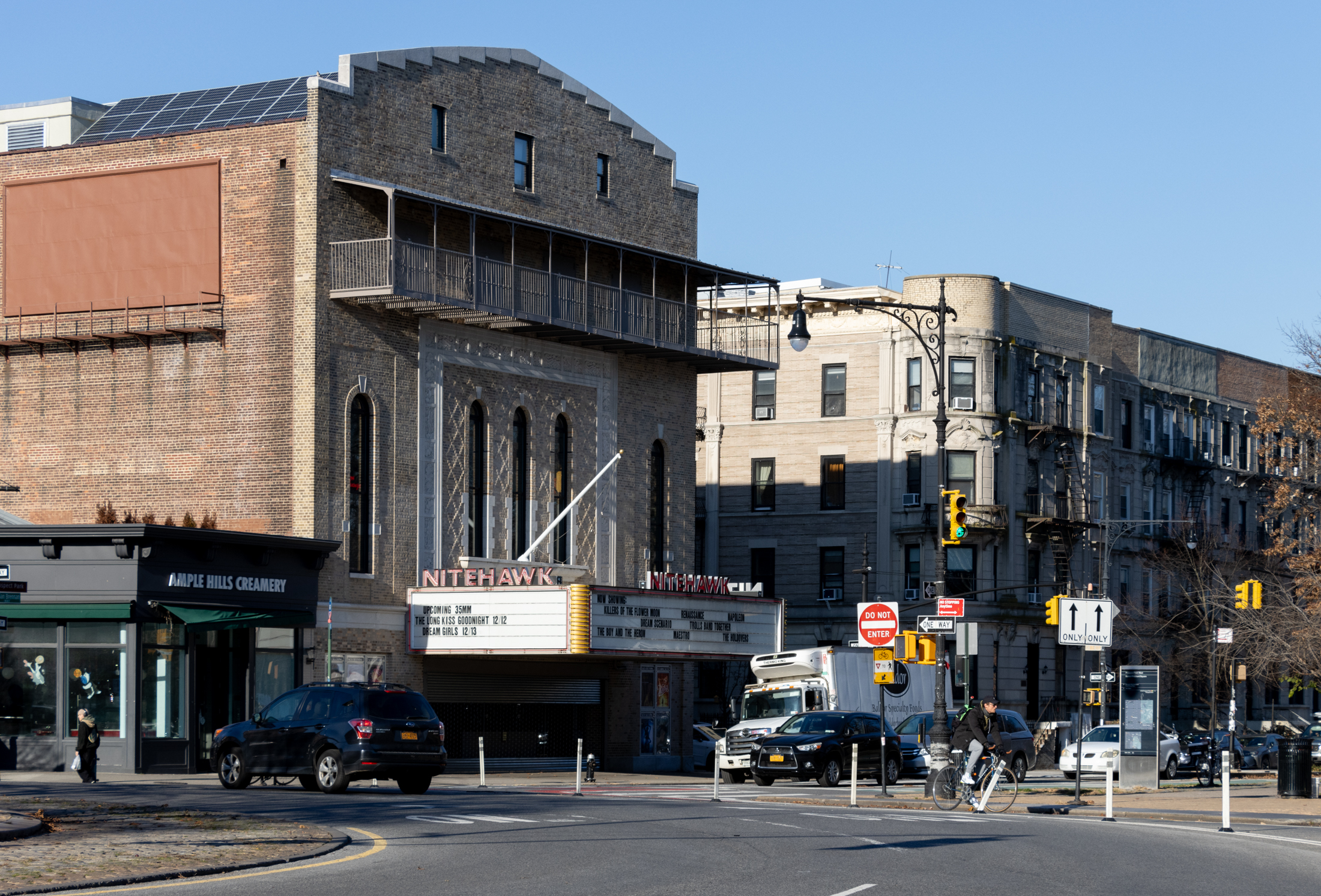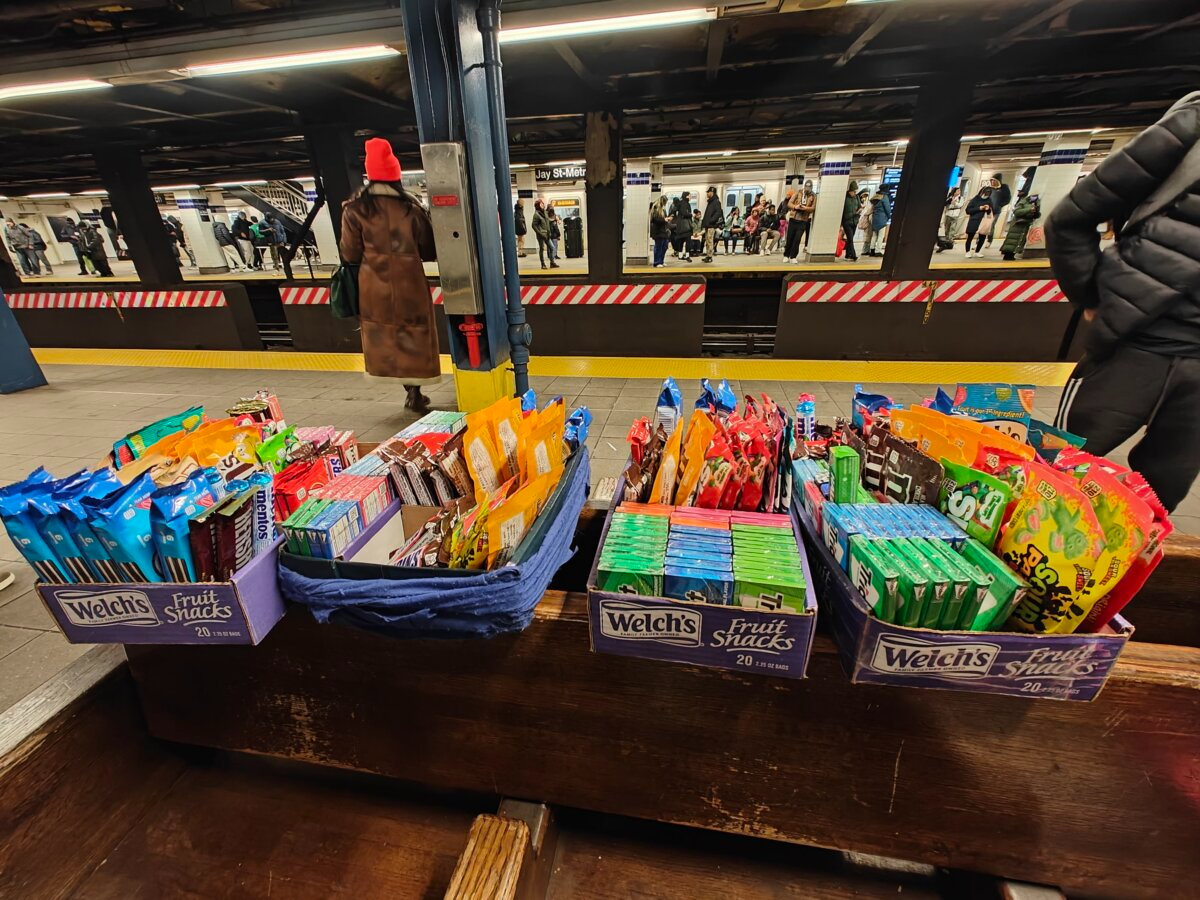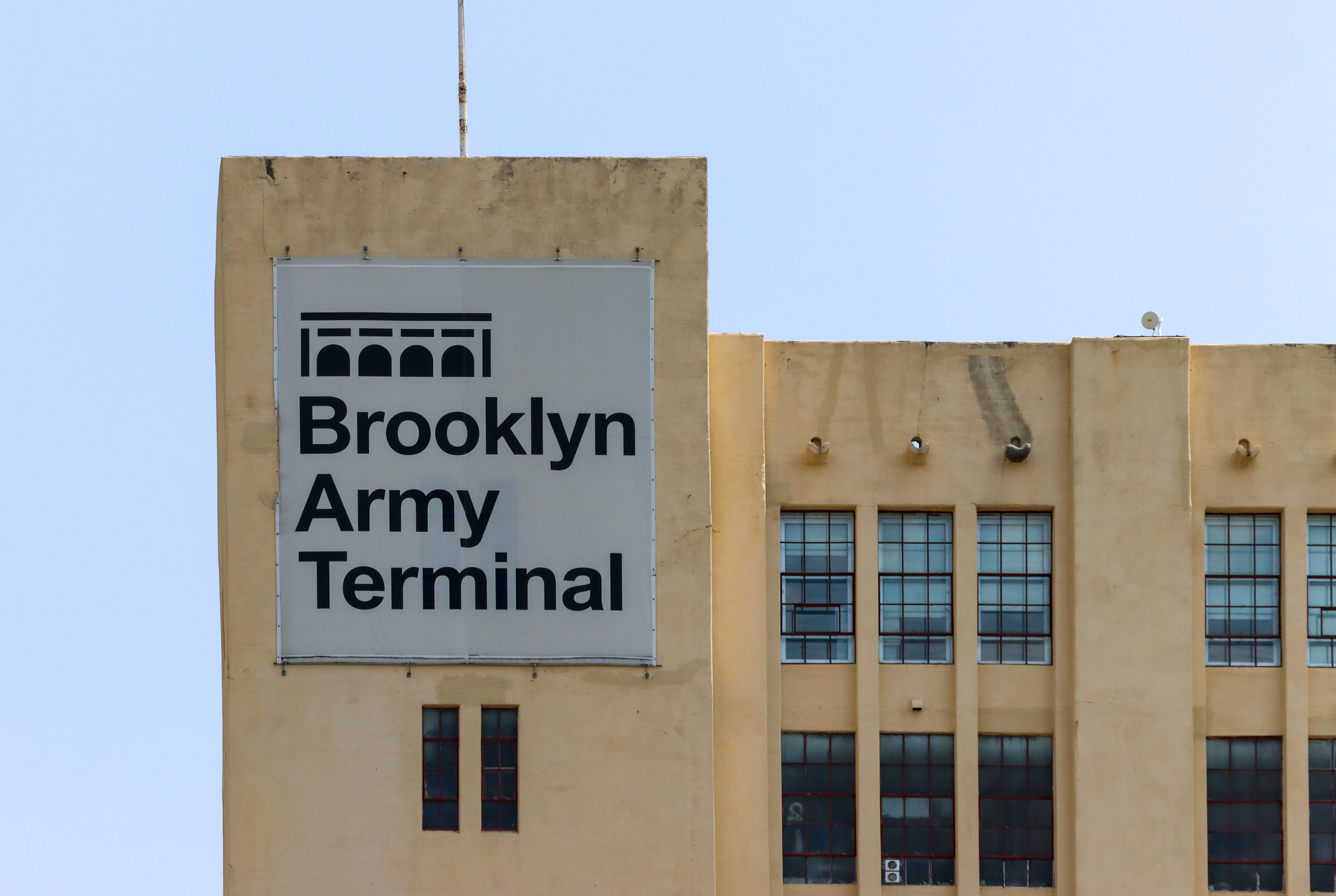Steinway Village: How pianos shaped the history of Astoria
Image source: Seabamirum on Flickr Legendary Steinway & Sons pianos are made right in Astoria, and the factory played a huge part in the development of the neighborhood starting in 1870. The history of this company town is just one of the many fascinating topics we learned about on the highly recommended Steinway factory tour….

Image source: Seabamirum on Flickr
Legendary Steinway & Sons pianos are made right in Astoria, and the factory played a huge part in the development of the neighborhood starting in 1870. The history of this company town is just one of the many fascinating topics we learned about on the highly recommended Steinway factory tour.
Steinway & Sons was founded in 1853 in Manhattan by Henry Steinway (originally Heinrich Steinweg), a cabinet maker from Germany who had built his first piano in the kitchen of his home. The company’s first piano was the 483rd piano that Henry Steinway had made, and sold for $500 to a New York family. The company grew extremely quickly, secured dozens of patents for innovations in the mechanical workings of the instrument, and kept moving to larger manufacturing spaces in the city. It even became the largest employer in the city in the 1860s.
Image source: Wikimedia Commons
In 1870, William Steinway (Wilhelm Steinweg), Henry’s fourth son, bought 400 acres of land in northern Astoria, which was rural at the time. He established factory operations there as a way to find more space and also to get employees away from labor movements and other perceived social problems such as “the machinations of the anarchists and socialists.” The company was able to expand its operations to include a sawmill to prepare its own lumber, and a foundry to make the cast iron plates that sit inside the heart of the piano.
Image source: Steinway & Sons
With all of this newfound space, William was able to bring in plenty of infrastructure to support the company and its employees. Victorian row houses were built for Steinway employees so that they could all live close to the new production headquarters. Steinway Village spanned, roughly, from what is now Ditmars Boulevard up to the East River/Bowery Bay; and from 31st Street to Hazen Street. A group of the original two-story brick homes has been preserved on 20th Avenue and 41st Street.
Image source: Harris Graber on Flickr
Besides the housing, several amenities were developed to make Steinway Village a place that employees and their families could spend all their time. Steinway Reformed Church, built in 1890 on land donated by William Steinway, still stands at 41st Street and Ditmars. The Steinway Library, started with books from William’s own collection, is now a branch of the Queens Library. A public school (one of the first free kindergartens in the country), a fire house, and a post office were also built.
For entertainment, Steinway employees had North Beach, an amusement park/resort area with a ferris wheel, swimming pool and German beer garden located on the Bowery Bay waterfront. The venue did not survive Prohibition, however, and eventually became the site of North Beach Airport (which was later renamed LaGuardia Airport).
William helped develop a whole network of transportation, including ferries, streetcars, trolleys, and horse-car railroads to make the neighborhood more convenient and bring in additional revenue. His influence in the area was so far-reaching that he was responsible for the development of the tunnel under the East River that is used by the 7 train today. According to the Steinway factory tour guide, the N/Q Astoria-Ditmars subway line was also built because of the Steinway factory’s influence in the area.
William Steinway also helped develop other industrial and business endeavors in the area, buying a natural gas distributor, investing in several banks, and even getting involved in car manufacturing with Daimler-Benz (which became Mercedes-Benz). Today, the area north of 20th Avenue is still home to several industrial operations in addition to the Steinway & Sons piano factory.
The Steinway family owned a palatial home on 41st Street, north of 19th Avenue, which is now listed on the National Register of Historic Places and referred to as the Steinway Mansion. With 25 rooms and an acre of land, the home has been on the market since 2010 and is worth about $3 million. Current-day 41st Street was once called Albert Street, after one of William Steinway’s sons; and 42nd Street was known as Theodore Street, after another of his sons.
Steinway Street obviously kept its name, and Steinway Place is the official name of 38th Street on its northernmost block, where the piano factory still operates. There is also a public park called Steinway Playground on 37th Street between 20th Road and 20th Avenue. In fact, the whole neighborhood is dotted with businesses that use the name Steinway, but few people know about the history of Steinway Village, and that a large part of Astoria was once a company town associated with the successful Steinway & Sons brand.














Absolutely amazing, outstanding, superb skills and accomplishments !!!